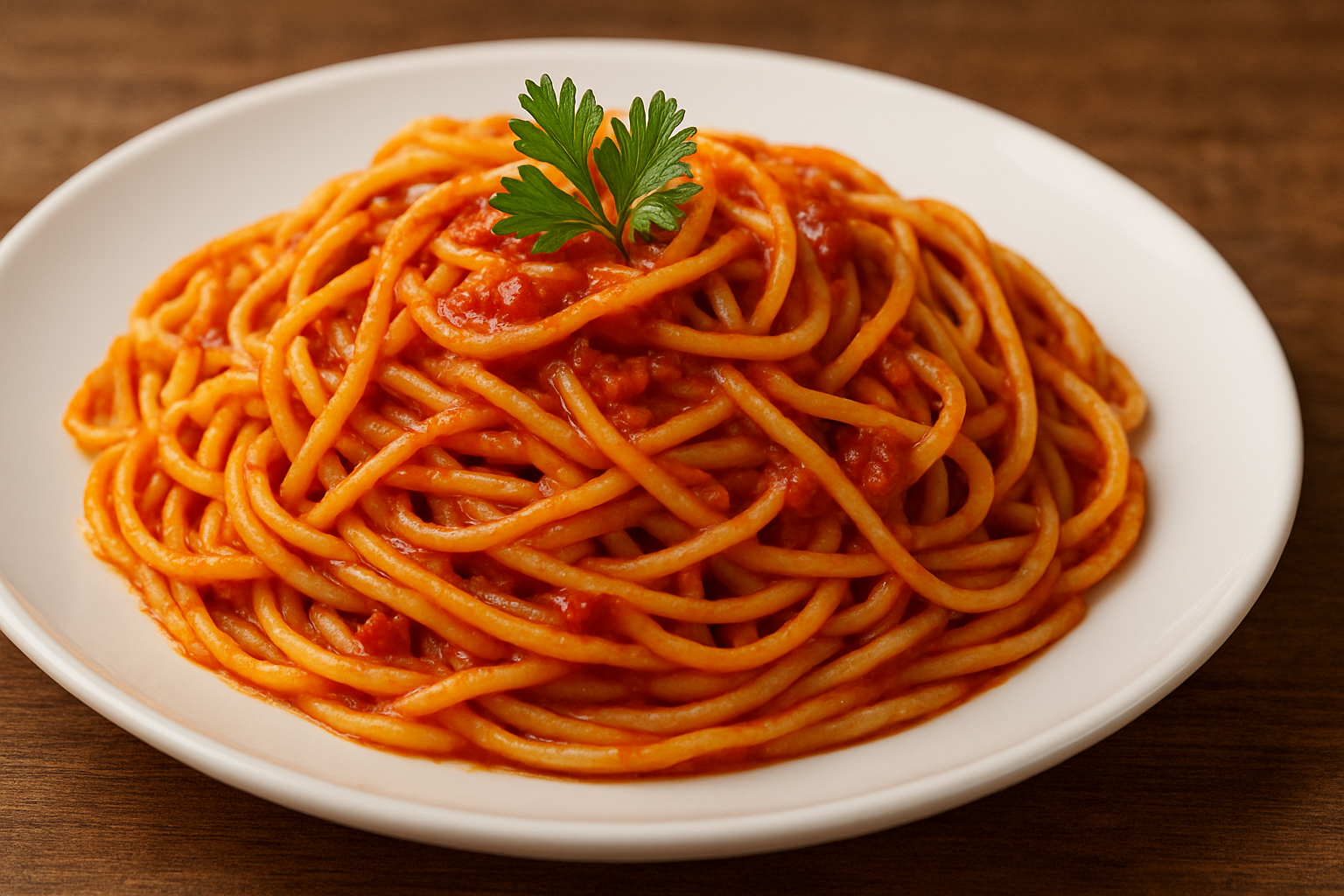1. Pasta Shape and Blood Sugar
Even for pasta made from the same ingredient (durum wheat semolina), there can be slight differences in the glycemic response depending on the shape and thickness of the noodle.
2. The Relationship Between Surface Area and Digestion Speed
– The Principle: The speed of food digestion is closely related to the size of the ‘surface area’ that digestive enzymes can reach. The larger the surface area, the more and faster the digestive enzymes can work.
– Thick Noodles (Spaghetti, Penne): They have a relatively small surface area compared to their volume.
– Thin Noodles (Angel Hair, Capellini): For the same weight, they have a much larger surface area than thick noodles. Also, because they are thin, they cook faster and can become softer more quickly.
3. The Difference in Glycemic Response
For this reason, very thin angel hair pasta is digested and absorbed more quickly in our body than thick spaghetti noodles. This means that angel hair pasta can raise blood sugar slightly faster than spaghetti.
Of course, this difference is not as dramatic as the difference between white bread and whole wheat bread. More important than the type of pasta shape is cooking the noodles ‘al dente,’ controlling the portion size, and pairing it with a healthy sauce, as these factors have a much greater impact on blood sugar management.
Summary: Even for pasta made from the same ingredient, thinner noodles tend to be digested and absorbed faster because of their larger surface area for digestive enzymes. Therefore, very thin angel hair pasta can raise blood sugar slightly faster than thick spaghetti.


Leave a Reply